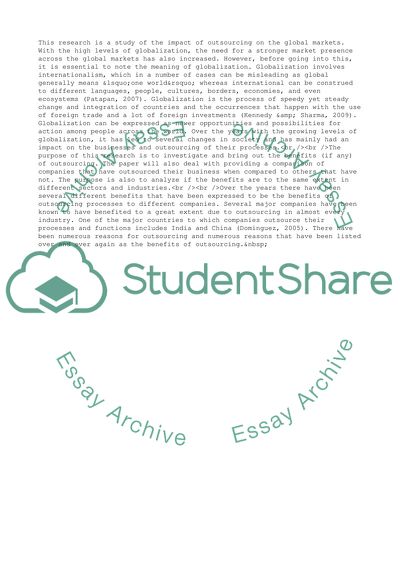Cite this document
(A Study of the Impact of Outsourcing on the Global Marketplace Research Proposal, n.d.)
A Study of the Impact of Outsourcing on the Global Marketplace Research Proposal. https://studentshare.org/business/1731982-impact-of-outsourcing-on-the-global-marketplace
A Study of the Impact of Outsourcing on the Global Marketplace Research Proposal. https://studentshare.org/business/1731982-impact-of-outsourcing-on-the-global-marketplace
(A Study of the Impact of Outsourcing on the Global Marketplace Research Proposal)
A Study of the Impact of Outsourcing on the Global Marketplace Research Proposal. https://studentshare.org/business/1731982-impact-of-outsourcing-on-the-global-marketplace.
A Study of the Impact of Outsourcing on the Global Marketplace Research Proposal. https://studentshare.org/business/1731982-impact-of-outsourcing-on-the-global-marketplace.
“A Study of the Impact of Outsourcing on the Global Marketplace Research Proposal”. https://studentshare.org/business/1731982-impact-of-outsourcing-on-the-global-marketplace.


